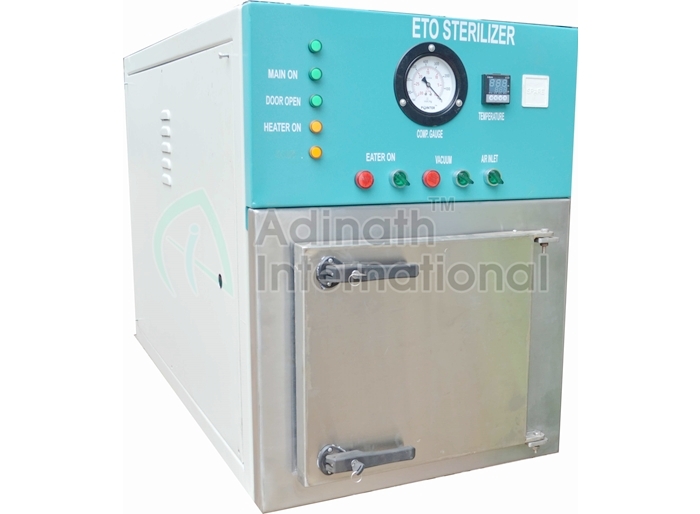Medical equipment and surgical supplies are sterilized with ETO, a hazardous chemical. The Ethylene Oxide Sterilizer is heated during the first stage in order to kill any potential bacteria or other organisms. The application of the ETO vapor is the next step. After that, the device is placed in a cold-water bath. This is then followed by a final drying stage. There are three steps to the process.
What is the Ethylene Oxide Sterilizer Process?
There are three steps in the ethylene oxide sterilizer procedure for medical devices. The preconditioning phase, the gas injection phase, and the exposure phase are the three stages. The obstacles and requirements for optimization differ for each of these stages.
Preconditioning entails supplying the product with heat and moisture. Two things make this stage crucial. First, it can cut down on the amount of EO utilized, and second, it offers a chance to enhance the cycle’s design.
Any remaining EO will be eliminated by the aeration chamber. To flush the chamber, nitrogen or steam may be used in this stage. To ensure that a product has the highest level of sterilization potential, these measures are taken.
The gas injection step can begin once the aeration chamber has been appropriately prepared. Following this stage, the chamber must be cleared of all remaining EO particles.

Are a Wide Range of Medical Device Materials Compatible with
Ethylene Oxide Sterilizer?
Medical devices can be made out of a wide range of materials. Ceramics, composites, metals, and polymers are a few of these. The performance of the device may be impacted by the significant characteristics of each of these materials. Understanding the numerous elements at play is essential for making the optimal decision.
Physical characteristics of the material are equally important to take into account with chemical characteristics. For instance, reusable equipment needs to be tough and able to withstand repeated sterilization and cleaning procedures. If a gadget is intended to be thrown away, then cost-effectiveness should be a key consideration.
Many medical gadgets’ significant material properties include biocompatibility. This refers to the substance’s capacity to endure contact with the body without setting off an immunological reaction.
The EPA is attempting to cut ETO emissions.
To lessen the effect of ETO emissions on outdoor air, the Environmental Protection Agency is taking action. This flammable, colorless gas is frequently employed to sterilize polymers, medical devices, and household goods. The EPA is collaborating with industry to lessen its effects even though it is unsure of how it affects people.
To find out how to lower the amount of ETO in the outdoor air, EPA is undertaking studies. The information gathered will be utilized to find potential areas for short-term reductions.
The EPA is working with state and local air agencies to gather and exchange data on ETO emission. In addition to assisting with facility regulation, EPA is educating the public about ETO sterilizers.
The conclusion
Sterilizing heat-sensitive food items and medical equipment has traditionally been done with ethylene oxide (EO), a colorless, odorless, and combustible man-made gas. EtO is used to sterilize a number of medical items, such as pacemakers, gowns, and drapes. Dry food is also cleaned using the chemical.



